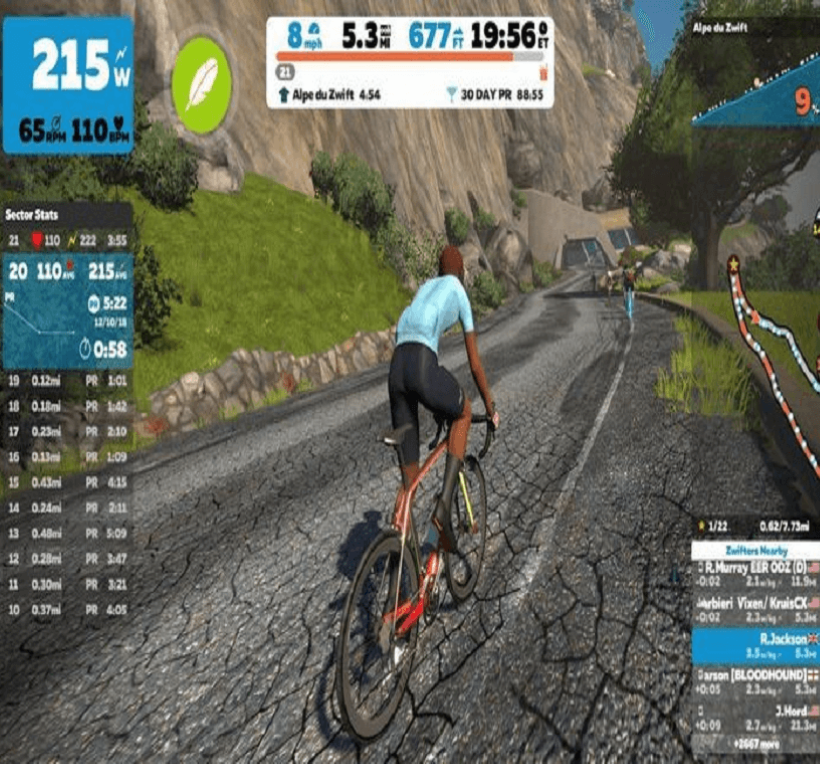

Who’s Really in the Driving seat?
3 Min Read
Who’s Really in the Driving seat?
What Sports Leaders Can Learn from Formula 1’s Quiet AI Revolution
At this year’s Wimbledon, something unexpected happened.
For the first time, there were no line judges on court—only AI.
But during a crucial fourth-round match, the system failed.
A clear “out” ball wasn’t called. Confusion followed. So did criticism.
It was a reminder: technology needs to earn our trust.
Not every sport is ready to hand over decisions to machines.
And that’s okay.
But in Formula 1, it’s a different story.

There, AI doesn’t just assist it’s deeply embedded, tested under pressure, and trusted with race-critical calls.
Not because it’s perfect, but because they’ve built the systems, culture, and discipline to make it work.
So the question for sports leaders isn’t whether to trust AI.
It’s how to build the kind of environment where trust becomes possible.
Formula 1 as a Model of Applied AI
F1 teams today generate over 1.5 terabytes of data per race.
But data alone isn’t the breakthrough. It’s how they use it.
- Race strategy engines simulate dozens of scenarios live and adapt to real-time changes
- Predictive maintenance prevents failures before they happen
- Digital twins test upgrades virtually before implementation
- And AI-assisted decisions shape both race-day tactics and long-term car development
It’s not about replacing human expertise It’s about expanding what leaders can see, decide, and deliver.
What Can Sports Organizations Take From This?
You don’t need race cars or wind tunnels to learn from F1.
Here are three areas where AI can drive real impact:
1. Fan Engagement From Personalization to Profit
AI enables tailored fan experiences based on behavior and timing.
This means smarter offers, dynamic content, and real-time segmentation
leading to stronger loyalty and new revenue streams.
2. Injury Prevention Because Downtime Costs Millions
A star player sitting out isn’t just bad luck it’s a financial blow.
AI helps monitor load, predict fatigue, and flag early risks
reducing injuries and protecting team performance and value.
3. Smarter Decision-Making Simulate Before You Act
From pricing to sponsorships, AI lets you model outcomes before committing.
Less guesswork, faster clarity, better boardroom decisions.
But Technology Isn’t the Point Culture Is
One thing that stands out in F1 is how deeply the teams trust their systems.
That didn’t happen overnight.
- They trained for it
- They adjusted to it
- They built feedback loops that allowed the AI to earn its place at the table
That mindset shift from using AI to working with it is maybe the biggest lesson of all.
Looking Ahead
Every sport is different.
Your reality might not be as fast or as data-saturated as Formula 1.
But the principles the commitment to insight, to testing ideas quickly, to using technology as a thought partner those are universal.
There’s no pressure here.
But if you’re already exploring these ideas, or even if you’re just curious where they might lead, you’re in good company.
And maybe the next quiet revolution in your organization won’t be about going faster but about seeing more clearly.
With love for Sports and Innovation,
AR
P.S.
I’ve set aside time this month for a few 1:1 conversations with sports execs thinking through their AI strategy.
If that’s you or you just want to bounce around ideas you’re welcome to grab a time with me via my [My Calendly]. No strings attached.




Comments